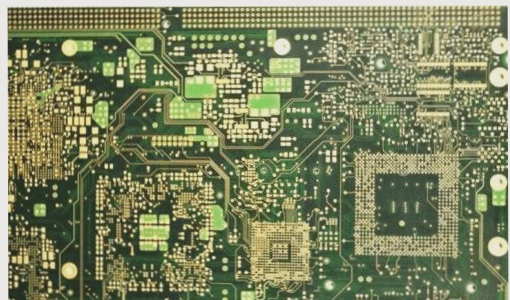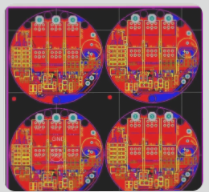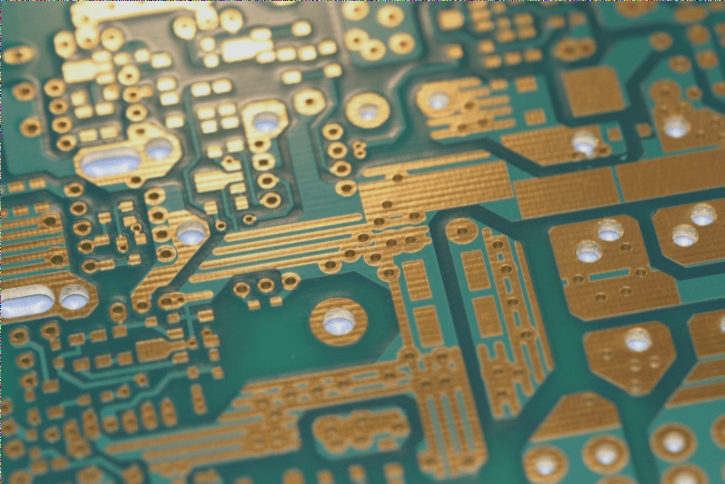Analysis of Common Causes of FPC Failure
- Insufficient Length: One major reason for FPC failure is when the FPC is too short, leading to potential breakage issues.
- Material Rigidity: Using a material that is too rigid can also contribute to FPC failure. Switching to a softer material that can withstand numerous flex cycles may be a solution.
When dealing with FPC issues, it is crucial to address FPC noise, especially interference between the FPC and vias. Strategies to reduce noise levels are essential for optimal functionality.
Common FPC problems include breaks that hinder LCD display and abnormal sounds from the clamshell. Breaks often result from design flaws, while abnormal sounds may be due to contact between the FPC and the shell wall.
To enhance FPC design, iterative improvements are necessary. Using a transparent shell or modifying the design can aid in better observation and necessary enhancements.
During mass production, PCB manufacturers may face challenges even after successful prototypes. It is vital to investigate material quality issues that may arise during production.
Recommendations for Addressing FPC Fractures
- Secure fractures with tape to improve adherence.
- Modify the copper surface of the shielding layer to reduce hardness.
Long-term solutions may include utilizing printed or coated conductors for electromagnetic shielding to prevent breakage without added costs.
Additional measures such as incorporating tear-proof lines and protective films can help prevent moisture and dust ingress, enhancing FPC durability.
Switching to a mesh design for the copper layer and increasing FPC deflection can aid in addressing fracture risks. Structural adjustments may be necessary to reduce tension and prevent breakage.
Aluminum foil is now commonly used for FPC shielding, providing better performance for flip covers.
The Importance of Minimizing Stress Concentration in FPC Design
When it comes to designing Flexible Printed Circuits (FPC), one of the key factors to consider is minimizing stress concentration. This can be achieved by ensuring that the corners of the FPC are rounded as much as possible. Internal rounded corners are particularly vulnerable to breakage, and reinforcing these areas can lead to significant improvements in the overall durability of the FPC.
Considerations for FPC Design
- Avoid placing connectors too close to the lead-out section of the shaft to prevent torsion on the adhesive layers.
- Opt for a longer axial length for the shaft to reduce inherent torsion, but be cautious of excessive length leading to layer-to-layer flapping noise.
- Choose the right FPC supplier: electrolytic copper types generally have a shorter lifespan compared to rolled copper types, which can impact testing outcomes.
- Simulate the FPC length to ensure optimal performance and longevity.
Impact of Chassis Structure on FPC Lifespan
The lifespan of an FPC is not only determined by its design but also influenced by the chassis structure it is housed in. In devices with frequent movement and limited space, such as clamshell phones, the FPC is more likely to come into contact with hard surfaces, potentially affecting its longevity.
Quality, Price, and Warranty Considerations
Quality and price are closely intertwined when it comes to FPCs. While the individual cost of an FPC may be low, the original components it connects can be expensive. Additionally, damages occurring within the warranty period can result in costs far exceeding the value of the FPC.
If you have any PCB manufacturing needs or require further assistance, feel free to contact me.




